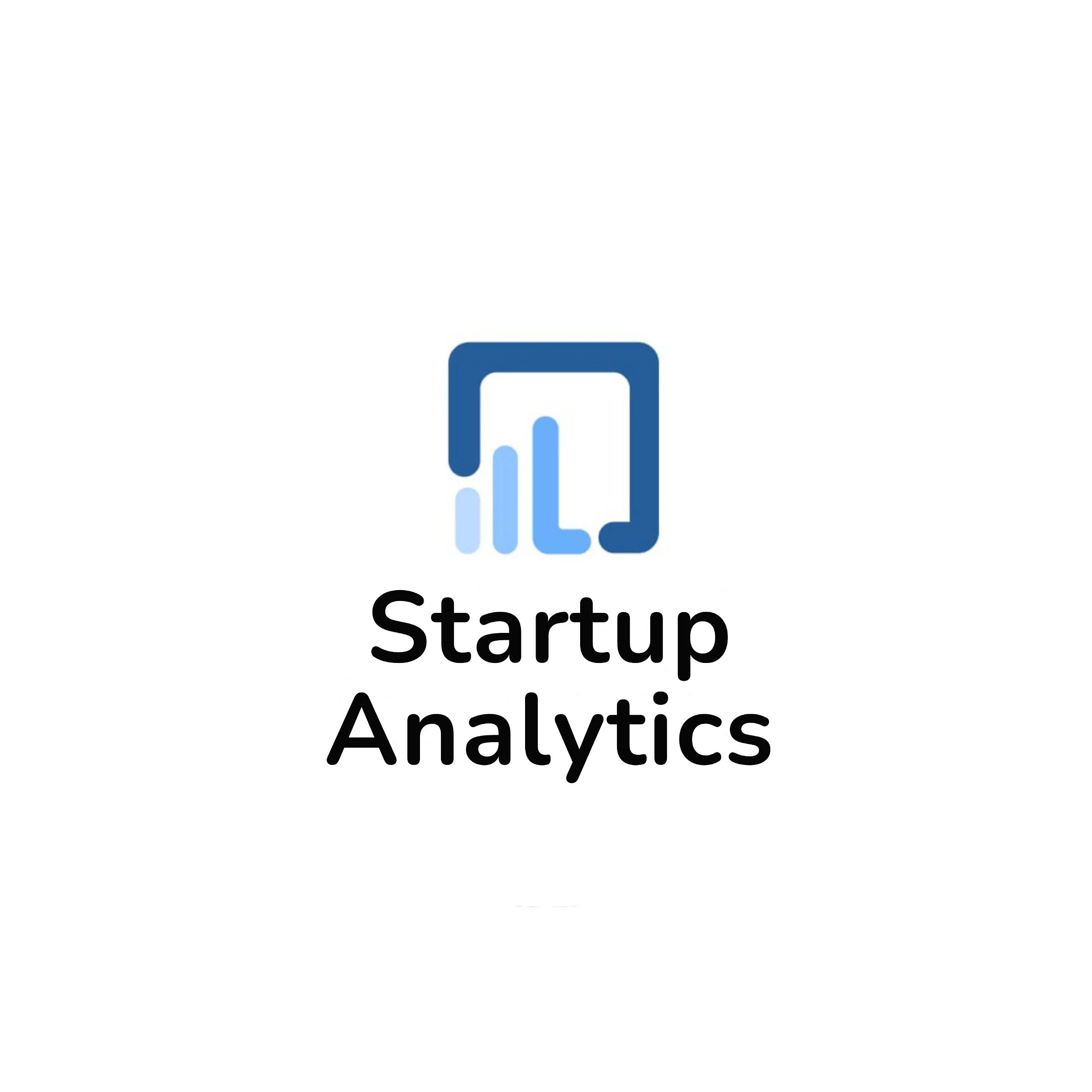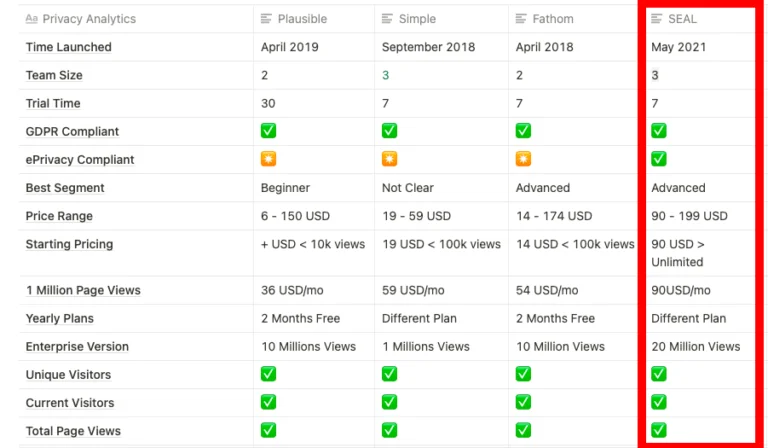In God, we trust. All others must bring data
W Deming
Google Analytics is one of the most popular website tracking tools and is especially important for startups. It is important as they are still in the experimentation phase and setting up their direction. GA is typically under-utilised and not set up properly, despite its popularity.
The goal behind this blog is to quickly identify the key metrics to track and how to measure those using GA. Some of the metrics are fairly well known and pretty straightforward. However, others can be a bit more nuanced and might help reach the right conclusion.
A lot of these metrics are not so useful for those in Professional services or dealing with large enterprise clients. Anywhere, the sales process or the distribution for the product happens completely or largely online will find these relevant.
Google Analytics has the following sections under the audience

User Growth
- The simplest metric to measure and understand is the growth in the user base. You ideally want to see a growing active user base.
- Assuming you got the market right, the goal should be an increasing user base. The count while volatile over a short period, should show a trend over a long period of time, say a few months.
- This basically is an indicator of whether your marketing channels or distribution is working. This does not tell you whether your website is doing fine or not. Also if it is relevant to the audience well or not.
- In this case, the graphs in google analytics show specific spikes and it will be interesting to know what prompted those.

Source: Google Analytics
Returning Users (%)
- Another metric to track along with user growth is to returning user percentage.
- This is proxy measure of product/blog stickiness. An increasing percentage is an indicator of product stickiness growing.
- Low returning user base is a sign of lack of product market fit.
- On the other hand, a number greater than 40% is a sign of product market fit.
- Here in this case, the orange line has not really taken off and that’s a sign of worry. It also explains why the blue line has not taken off because an increasing percentage of returning users means, a growing audience. This is needed for the overall user base to grow.

Cohort Analysis
- This is a bit similar to the returning user metric and also is an indicator of product stickiness. Both are similar metrics but this one is a lot more insightful.
- The curve is basically a tracker of the percentage of users returning to the site from the overall set of users/cohort who came to the site for the first time on that specific day.
- We basically, track the returning user base over a period of time, say over a monthly. Ideally, a product which has achieved product-market fit will have a fall in returning user base which eventually saturates or flattens.
- A leaky bucket or no-product market fit will have a situation where this metric simply crashes to zero over a period of time.
- The blue line is our cohort/retention curve. It simply crashes to zero here, a product-market fit situation will have resulted in something like the green line. The percentage though could vary.

The above metrics are more of KPIs or measurements of whether we are doing good or not and in most cases, it’s not going to be good. The second question or the key step would be to know why and how we can improve. The second set of metrics helps us diagnose the problem and thereby take the necessary action on the basis of it.
Google Analytics can be set up from the conversions and the behaviour panel above it.

GOALS
- Goal needs to be setup and is not directly available.
- In case of a consumer startup where the user base is the product, time spend on the website could be a goal. In case of an e-commerce website, the end goal would be sales.
- Setting up a customised goals helps in tracking it and knowing much percentage of user base end up meeting the objectives.
- This number can be an indicator of the website design’s quality. This helps measure the design aka UI/UX for the website.
- This number is especially useful if we have achieved some indication of product market fit. A growing goal conversion rate basically indicates improving website design.
An increasing number here can be the north star for the product design team. How to build the user flow better, so as to guide the users to desired objective/goals.

Behaviour Flow
- This is the diagnostic part of the metrics and is quite useful to understand user behaviour on site.
- By giving the popular user flows and the drop off rates, we can clearly identify the bottle necks in the website design.
- This can also give useful indications for possible poor retention rates etc as it can clearly identify areas where users lose interest.
- Improving user flows by reducing drop-offs can be useful to achieving goals mentioned above.

Besides fixing and iterating over the overall user base and figuring out how the site is doing as a whole, the next plan of action could figure out the segment or user base for which the fits seem to be the best. The idea is to be able to narrow down the user base which is most engaged with our offering.
Engagement
Demographics/Interests/Geography/Devices
- These are a collection of different metrics/sections available under the audience section.
- Once, a decent amount of traffic has arrived on the site, it might be a good idea to check for metrics and how they compare against different segments.
- Demographics aka age might be an influence, a certain age group might resonate better.
- Similarly, the audience and the corresponding metrics can also be compared against geography and interests. Devices can also be a good metric because, the website might be broken for a specific set.
- It can also be an indicator for what kind of section of society engages better, iPhone vs Android and so on. Especially, places like sub-continent where iPhone is still fairly rare and reflects a certain segment of the user-base.
Google Analytics is an incredibly rich tool that collates and puts together business and operational data for websites, which typically big mainstream corporations use for decision making. Often such reports are generated post consulting engagements worth several thousand and sometimes millions. The fact that online businesses can avail of all this for free of cost itself is a huge indicator of an edge over traditional brick and mortar setups. Often, small entities cannot be so accurate about their numbers and might be running a very inefficient setup and not know, what to do about it.
Also read: Google AdWords for Beginners


